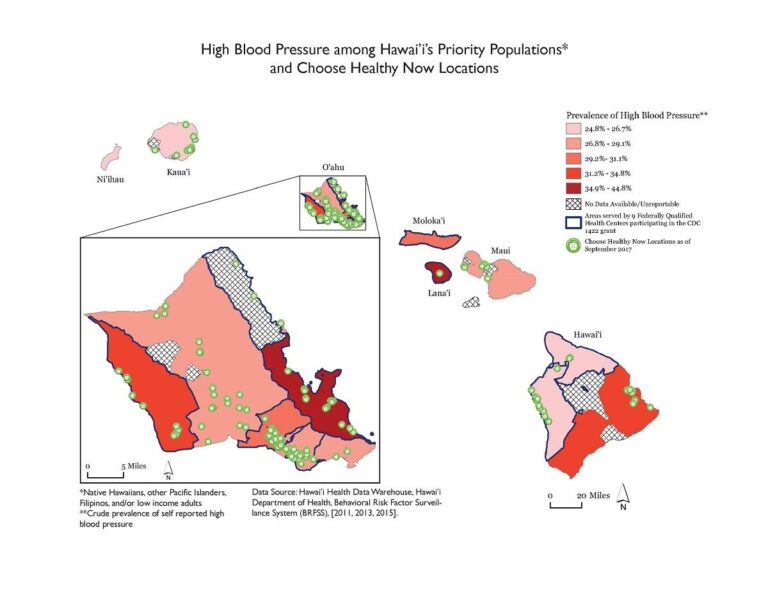Introduction to Health Challenges in Hawaii
Hawaii is not only known for its stunning beaches but also faces several unique health challenges. This island paradise is affected by various diseases that have implications for both residents and visitors. Understanding these diseases is crucial for promoting public health and safety.
1. Dengue Fever
Dengue fever is a viral infection transmitted by mosquitoes, particularly in tropical regions. In Hawaii, there have been several outbreaks of dengue fever over the years, making it a significant public health concern. Residents and visitors must take precautions to prevent mosquito bites.
Symptoms and Prevention
Symptoms of dengue fever include high fever, severe headache, and joint pain. Awareness of these symptoms can help in early diagnosis and treatment. Preventive measures include using mosquito repellent and eliminating standing water.
2. Zika Virus
The Zika virus is another mosquito-borne illness that has impacted Hawaii. It gained international attention due to its association with birth defects in infants. Pregnant women are particularly advised to avoid areas with known Zika outbreaks.
Transmission and Risks
Zika can be transmitted through mosquito bites and sexual contact. Protecting oneself from mosquito bites is essential, especially during peak transmission seasons. Travelers should stay informed about Zika risks when planning their trip to Hawaii.
3. Tuberculosis (TB)
Tuberculosis, although less common than it once was, remains a health concern in Hawaii. The state’s diverse population can lead to increased transmission rates, particularly in certain communities. Public health initiatives continue to address TB prevention and treatment.
Diagnosis and Treatment
Early detection of TB is vital for effective treatment. Regular screenings, especially in high-risk populations, are essential to control the spread of this disease. Medical professionals in Hawaii encourage awareness and timely healthcare access.
4. Leptospirosis
Leptospirosis is a bacterial disease spread through water contaminated with animal urine. The lush and wet environment of Hawaii creates conditions conducive to its spread. Outdoor activities during heavy rains can increase the risk of exposure.
Symptoms and Response
Symptoms can range from mild flu-like signs to severe illness. Seeking medical attention promptly can prevent complications from leptospirosis. Awareness of the conditions that favor its spread can inform safer practices for residents and tourists alike.
5. Heart Disease
Heart disease is one of the leading causes of death in Hawaii, mirroring trends observed across the United States. Factors such as diet, lifestyle, and genetics play significant roles in its prevalence. Community efforts to promote healthier living are essential for combating this issue.
Prevention Strategies
Encouraging physical activity and a balanced diet is key to reducing heart disease risks. Health educators in Hawaii are working to implement programs that promote heart-healthy choices. Education and access to healthcare resources can make a significant impact.
Conclusion
Understanding these diseases is critical for improving health outcomes in Hawaii. Community awareness and proactive measures can help mitigate the impact of these diseases. For more information on the diseases affecting Hawaii, visit Borgen Project.

